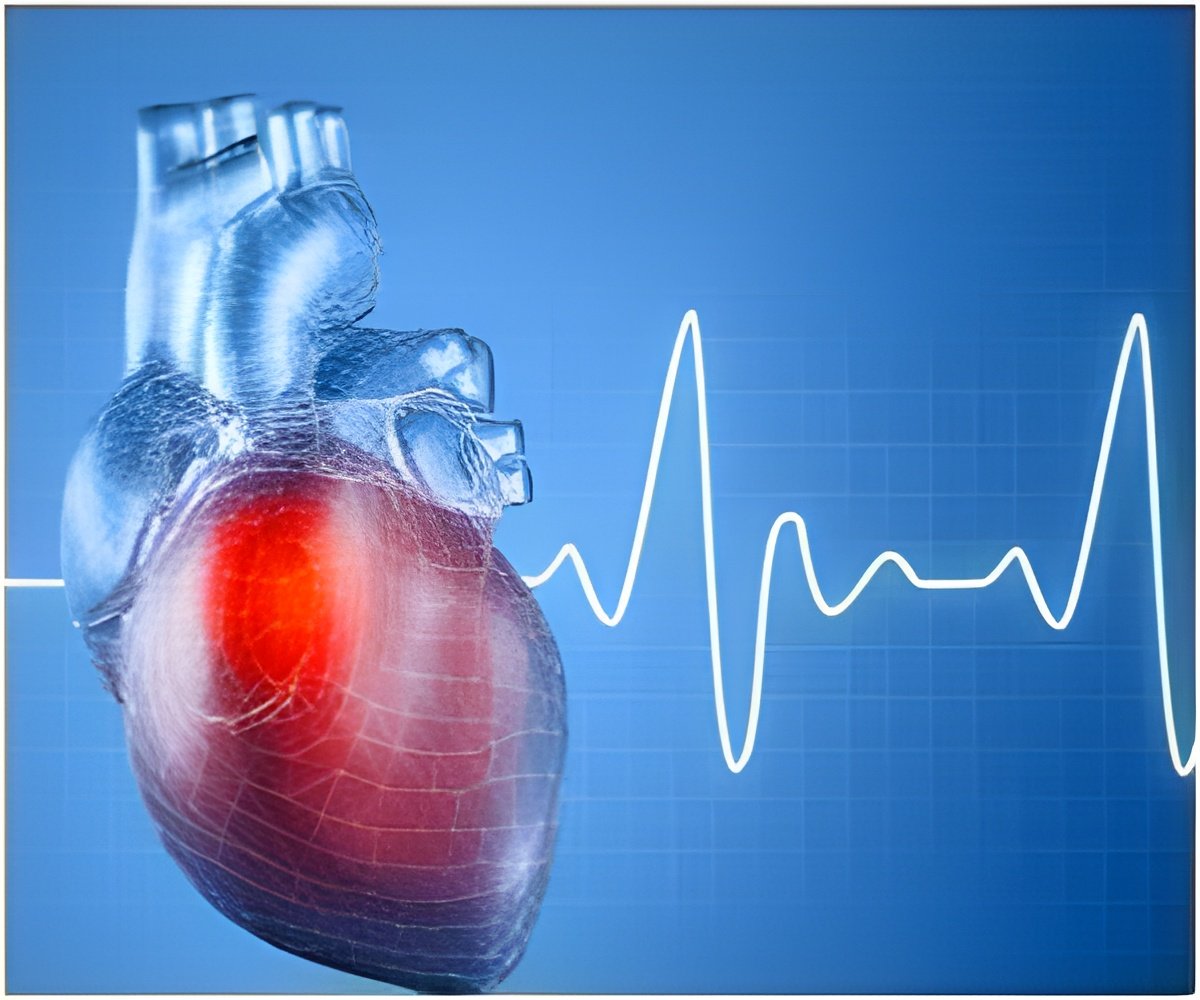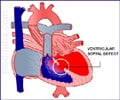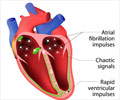Study shows 40% of patients undergoing a catheter ablation for atrial fibrillation have no underlying disease associated with the arrhythmia

"The AFib Ablation Pilot Study shows that, while symptoms remain the major reason for an ablation procedure, patients are also looking for a drug-free lifestyle," said Professor Josep Brugada from Hospital Universitari Clínic of Barcelona, Spain, a joint lead investigator of the pilot study. "If we want to improve the quality of life of patients with atrial fibrillation, we have to find an effective technique which avoids anti-arrhythmic medication and its undesirable effects."
Atrial fibrillation (AFib) is the most common cardiac rhythm disorder, characterised by an erratic electrical activity of the heart. Over 6 million Europeans now suffer from the condition, and its prevalence is expected to at least double in the next 50 years as the population ages. The enormity of the problem is magnified by associated adverse events: increased mortality, stroke and other thromboembolic events, more heart failure and hospitalisations, and deterioration of quality of life, exercise capacity and cognitive function.
Much effort has been made to develop a definitive cure; anti-arrhythmic drugs are ineffective in many patients and have potentially serious side effects. There has thus been much research in the past decade into non-pharmacological alternatives for both the prevention and control of AFib. Ablation techniques, usually performed percutaneously with a catheter, have proved successful in the treatment of AFib, particularly in the reduction of symptoms, to such an extent that a "cure" may well be achieved in some patients. Since its description in the late 1990s, catheter ablation has rapidly evolved from being a highly experimental technique to a well defined and everyday procedure.
The AFib Ablation pilot study is part of the ESC's EurObservation Research Programme, which began in August 2008. The project aims to provide a better understanding of European practice based on data collected with a robust methodology procedure. The AFib ablation study was designed to capture all the relevant clinical and procedural information in real-world patients in order to improve current knowledge of epidemiology and outcomes.
This first prospective, multicentre, 12-month observational study recruited 1410 patients from ten different European countries (four Western European - Belgium, France, Germany and the Netherlands; two Eastern European - Czech Republic and Poland; three Southern - Greece, Italy and Spain; and one Northern European - Denmark). The primary objective was to describe the clinical epidemiology of patients having AFib ablation, and the day-to-day diagnostic and therapeutic processes (including technical aspects, measurement of success and acute and chronic outcomes). The registry was launched in October 2010 and the database locked in June 2011.
Advertisement
- 75% of patients were between 52 and 66 years of age. A third of them were over 65 years.
- Two-thirds of patients presented an average of two recurrent arrhythmic episodes per month.
- Symptoms were present in 90% of patients and these were very variable: palpitations, shortness of breath, dizziness, chest pain or loss of consciousness.
- An underlying cause was only found in 60% (mainly hypertension and valvular heart disease). Precipitating factors were rare.
- More than 50% had an indication for chronic anti-coagulation (for the prevention of stroke), according to their embolic risk score.
- 90% underwent the ablation procedure for symptoms but in over one-third expressed a wish for a drug-free lifestyle and the maintenance of a normal heart rhythm.
- Major complications such as cardiac perforation, cardiac arrest or stroke occurred in 1.2%. Minor complications such as vascular problems at the site of puncture or transient neurological alterations occurred in 7% of patients.
- At discharge 97% of patients were prescribed anti-coagulants and 67% anti-arrhythmic medication
- Only one death from a cardiovascular complication occurred. It was not related to the procedure.
Advertisement
Source-Eurekalert











